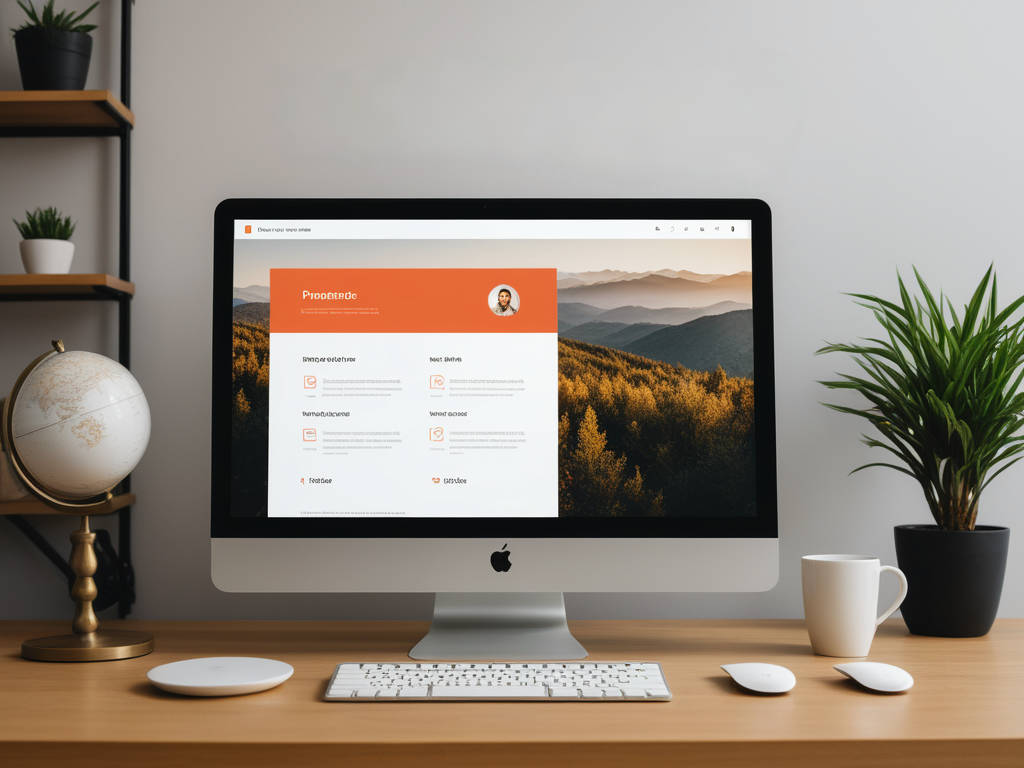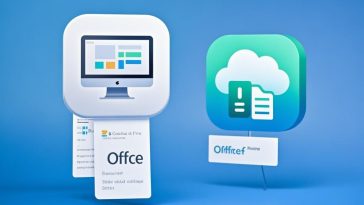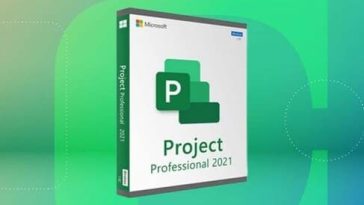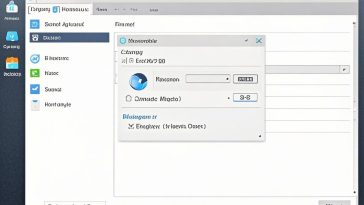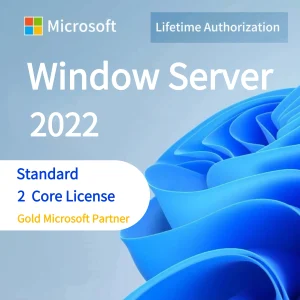Introduction
PowerPoint is a powerful tool for creating engaging presentations, but many users only scratch the surface of its capabilities. In this comprehensive guide, we’ll unveil a treasure trove of mind-blowing PowerPoint tricks that will take your presentations to new heights. From advanced formatting and design techniques to multimedia integration and interactivity, these tricks will help you captivate your audience and leave a lasting impression. Get ready to level up your PowerPoint game!
Slide Formatting and Design Tricks
Customizing Slide Layouts
While PowerPoint offers a variety of pre-built slide layouts, you can also create your own custom layouts to better suit your presentation needs. To create a custom layout, navigate to the “View” tab, select “Master Views,” and choose “Slide Master.” From there, you can add, remove, or modify placeholders and guides to create a layout tailored to your content.
Using Master Slides and Slide Masters
Master slides and slide masters are powerful tools for maintaining consistent formatting throughout your presentation. The slide master controls the overall layout and formatting of your slides, while the master slides allow you to create custom layouts that inherit the formatting from the slide master. By making changes to the slide master or master slides, you can instantly update the appearance of multiple slides at once.
Working with Slide Backgrounds
Slide backgrounds can greatly enhance the visual appeal of your presentation. PowerPoint offers a range of options, including background images, patterns, gradient fills, and textures. To add a background, navigate to the “Design” tab and explore the “Background Styles” or “Format Background” options. You can also insert your own custom background images or experiment with transparency effects.
Animation and Transition Tricks
Advanced Animation Techniques
PowerPoint’s animation features can bring your content to life and capture your audience’s attention. One advanced technique is creating motion paths and animation paths, which allow you to control the movement of objects on your slides. You can also apply animation effects to SmartArt and charts, making complex data visualizations more engaging and dynamic. Utilize the Animation Pane to precisely time and sequence your animations for a polished presentation.
Mastering Transition Effects
Transitions can help your presentation flow smoothly from one slide to the next. While PowerPoint offers a variety of built-in transition effects, you can also create custom transitions by combining different effects or applying additional animations. Experiment with different combinations to find the perfect transition for your presentation’s tone and content.
Animating Objects with PowerPoint’s Built-in Tools
In addition to the Animation Pane, PowerPoint provides several built-in tools for animating objects on your slides. The “Animate” feature allows you to create simple animations for text, shapes, and images with just a few clicks. You can also use the “Emphasis” and “Exit” animation effects to draw attention to specific elements or create dynamic transitions between slides.
Multimedia and Interactivity Tricks
Embedding and Linking Multimedia
Incorporating multimedia elements like videos, GIFs, and audio can significantly enhance the impact of your presentation. PowerPoint allows you to embed multimedia files directly into your slides or link to external sources. Embedding multimedia ensures that your presentation remains self-contained, while linking can be useful for larger files or frequently updated content.
Creating Interactive Elements
Interactive elements can transform a passive presentation into an engaging and immersive experience. PowerPoint offers various tools for adding interactivity, such as hyperlinks and action buttons. You can also build interactive quizzes and simulations using triggers and VBA macros, allowing your audience to actively participate and reinforce key concepts.
Chart and Data Visualization Tricks
Creating Custom Charts and Graphs
While PowerPoint’s built-in chart types are useful, creating custom charts and graphs can help you better visualize your data and convey your message more effectively. Explore different chart types, such as sparklines, waterfall charts, and treemaps, and customize chart elements like colors, labels, and axes to align with your presentation’s branding and style.
Working with SmartArt and Diagrams
SmartArt and diagrams are powerful tools for displaying processes, hierarchies, and relationships in a visually appealing manner. PowerPoint offers a wide range of SmartArt layouts, including process flows, timelines, and organizational charts. You can easily create and edit SmartArt diagrams, customize their appearance, and integrate them with your other slide content.
Data Visualization Techniques
Effective data visualization goes beyond charts and graphs. Incorporate icons and illustrations to represent data points or concepts in a more engaging and memorable way. Additionally, utilize shapes and connectors to create custom diagrams and infographics that help your audience better understand complex information.
PowerPoint Productivity Hacks
Mastering Keyboard Shortcuts
Keyboard shortcuts can significantly improve your productivity and efficiency when working with PowerPoint. Learn essential shortcuts for navigating between slides, formatting text, and applying animations and transitions. You can also customize keyboard shortcuts to suit your workflow and preferences.
Utilizing PowerPoint’s Built-in Tools and Features
PowerPoint offers a wealth of built-in tools and features that can streamline your presentation creation process. Take advantage of the Selection Pane to easily manage and manipulate objects on your slides. Utilize the Slide Master view to make global changes to your presentation’s formatting, and the Slide Sorter for rearranging and organizing your slides.
Integrating with Other Office Applications
PowerPoint seamlessly integrates with other Microsoft Office applications, allowing you to incorporate content from Word, Excel, and Outlook. Embed Excel data and charts directly into your slides, or link PowerPoint to Word documents and Outlook email messages for seamless content sharing and collaboration.
Collaboration and Sharing Tricks
Collaborating on Presentations
PowerPoint’s collaboration features make it easy to work on presentations with teammates or colleagues. Use the built-in co-authoring capabilities to work simultaneously on the same presentation file, with changes being synced in real-time. Track and review changes made by others, and use the commenting tools to provide feedback and facilitate communication.
Sharing and Presenting Online
In today’s digital age, the ability to share and present online is essential. PowerPoint offers various options for broadcasting a live presentation or sharing your slides via the web or cloud services. You can also invite remote participants to view and interact with your presentation in real-time, making it ideal for remote meetings and webinars.
Converting and Exporting Presentations
Sometimes you may need to share your presentation in a different format or make it available for offline viewing. PowerPoint allows you to save your presentations as PDFs or videos, making it easy to distribute or archive your content. Additionally, you can export individual slides as images or handouts for printing or sharing.
Conclusion
Mastering these mind-blowing PowerPoint tricks will elevate your presentations to new heights and help you captivate your audience like never before. From advanced formatting and design techniques to multimedia integration and interactivity, these tricks will unlock the full potential of PowerPoint. Don’t be afraid to experiment and explore further – the more you practice, the more impressive and engaging your presentations will become. Embrace the power of PowerPoint and leave a lasting impression on your audience with every presentation you create.



